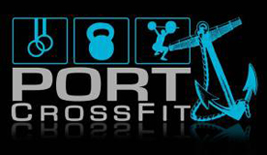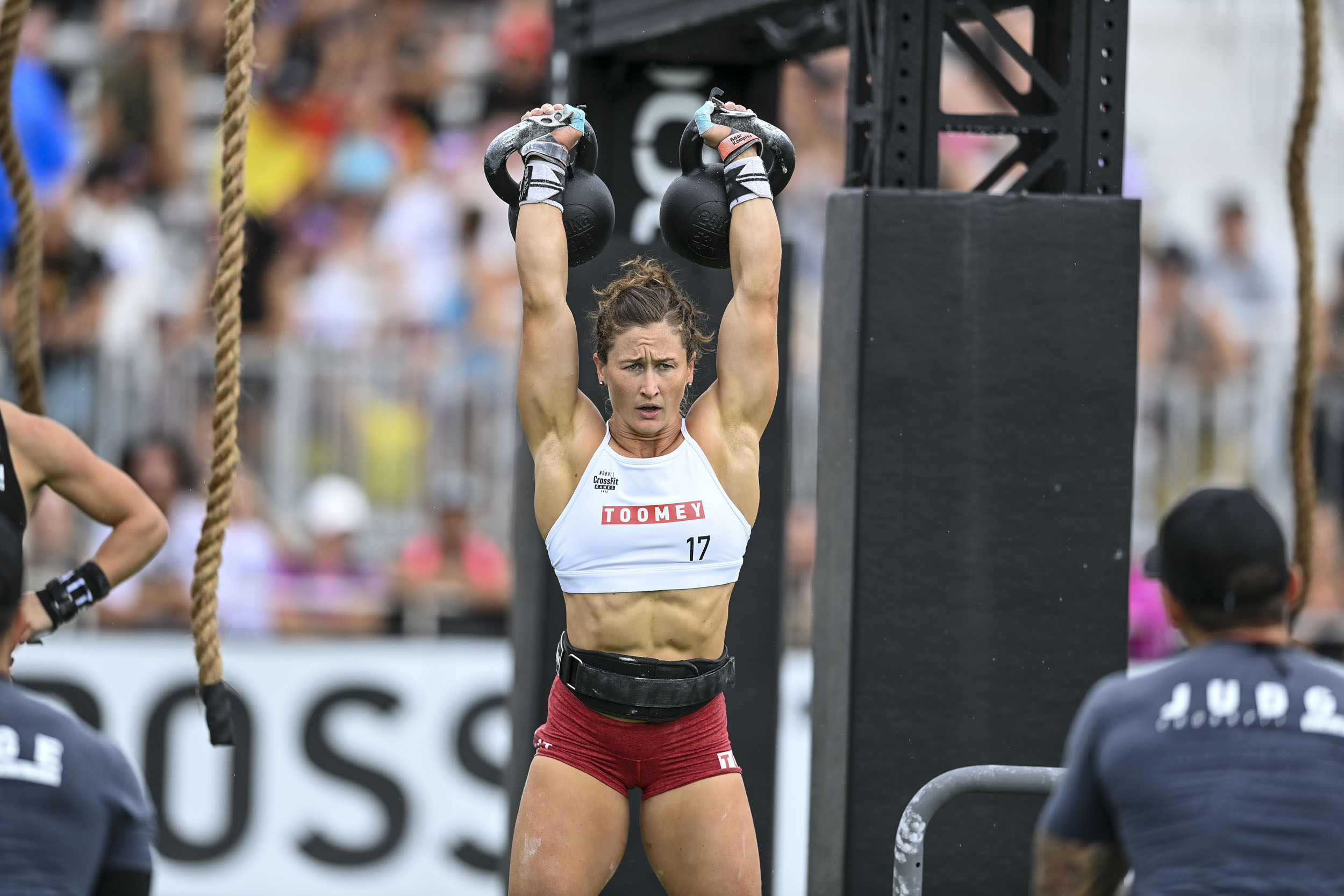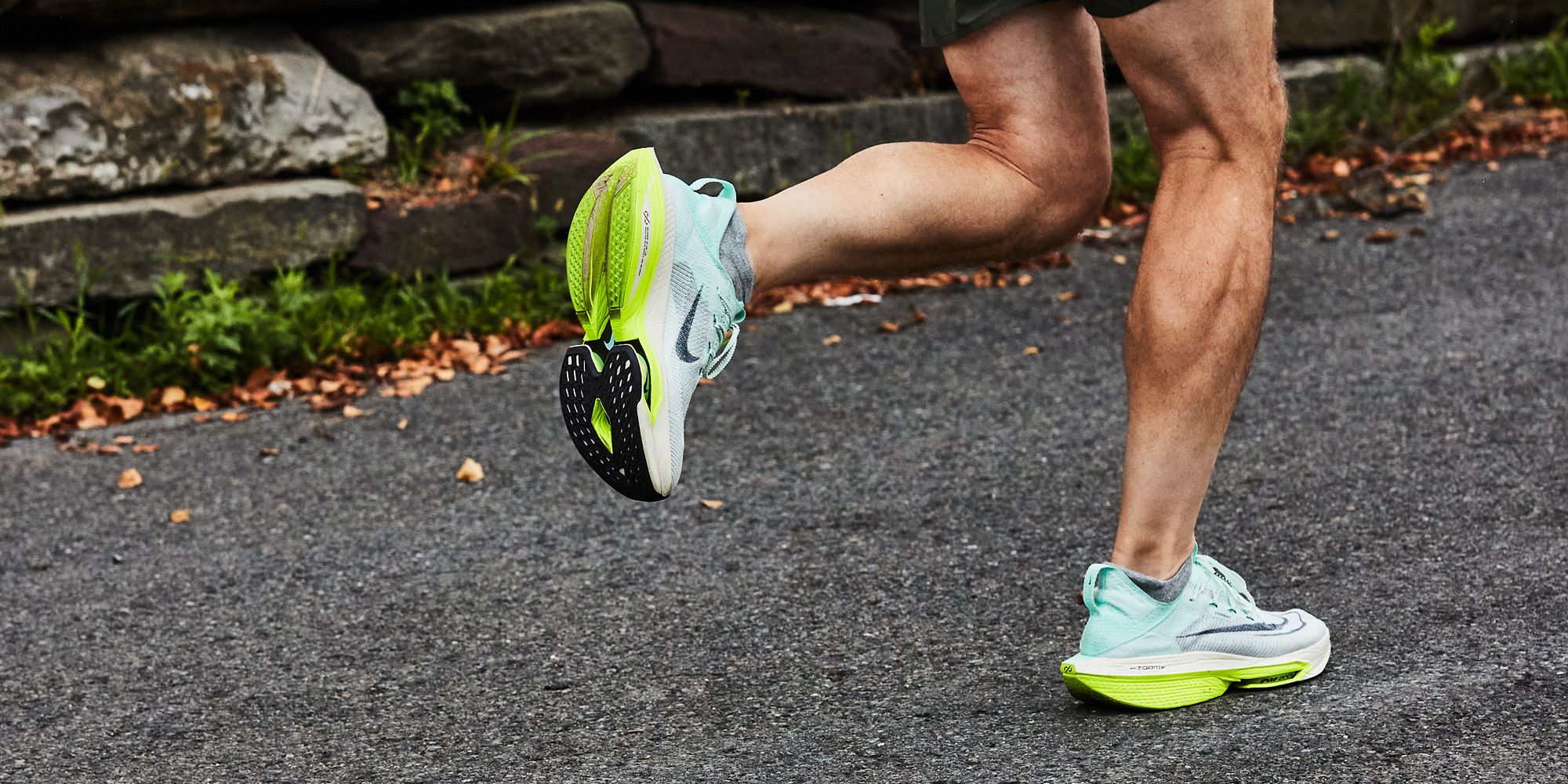Best Fitness Shoes / Sneakers
Does it really matter? How can a training shoe be so important? Well, many lifts, runs and training routines all start with being on your feet and if you aren’t providing the proper stability for your body, it can result in sub par performance or even some aches and pains down the road. Through the years we have seen many different brands and styles of training shoes; narrow, wide, soft sole, hard sole, big heel, no heel, pliable sole but what’s the right one for the job? Hopefully, this post can shed some light.
Other than personal preference or anatomical differences of the foot, there are some general principles you can follow in choosing a shoe but the first step is to assess your type of training. Are you weightlifting, squatting, deadlifting, running or cross training? I’m not going to dive too deep into theories but stick to shedding light on differences through training types. Realistically, people can write books about this, so bare with me as I try to get my point across in a few paragraphs. Keep in mind we are not affiliated with any brands but we will mention some in the below in case you were in the market for some new fresh shoes!
Weightlifting (Olympic & Power)
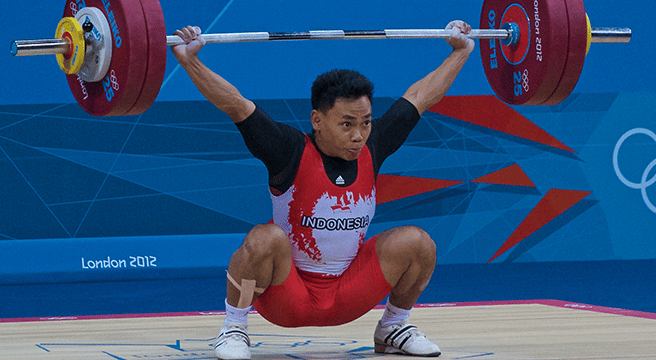
Movements like Squats, Deadlifts, Cleans & Snatches will require stability in your sole. Imagine picking up something heavy on a wobbly or cushiony surface; If that surface has too much movement it will be tough to distribute your body weight properly through your feet, subsequently the barbell or object being lifted will be tough to control. Many Olympic weightlifters and some powerlifters, will use an Olympic weight lifting shoe when squatting, cleaning or snatching. Not only is the sole firm, but it offers a bit of an elevated heel to assist in the lifter maintaining an upright torso. Its common that the lack of ankle flexion can hinder the ability for a squatter to execute proper depth while maintaining an upright torso, so along with some mobility, using this type of shoe can help! Deadlifting can be a tad different. As a principle of the proper deadlift, the lifter does not want to have their body weight leaning forward. Because of this most lifters will choose a flat shoe and some may even choose no shoe at all. This is the best way to have the weight evenly distributed through the base of their foot and since they are in no need to worry about the depth of their hips, there is no use to get the assistance from an elevated heel of an Olympic weightlifting shoes.
Common Olympic weightlifting shoes brands – Nike Romaleos, Adidas, Reebok, No Bull, TYR, Do-win
Running –
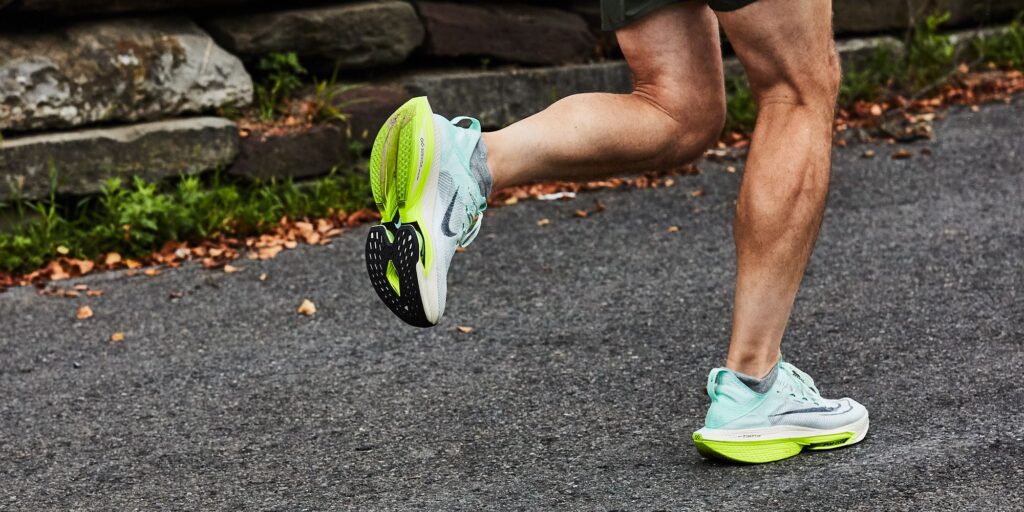
This conversation may have different running specialists jumping up and down in frustration, so I will proceed with caution. Recently we have seen an uptick in lightweight running shoes with cushiony souls. Shoes like HOKAs, Brooks, Saucony, Nikes, Clouds, No Bulls runners, and more have spent their time releasing shoes for this market. The idea from these shoes is to cushion the impact when walking or running to reduce some of the joint aches/pains you may get in your ankles, knees, shins etc. Don’t get me wrong I own a pair and thoroughly enjoy them when I run but there hasn’t been much data showing these type’s of shoes will lower your risk of injury by using them. On the flip side of the spectrum, We see the minimalist sole enter the conversation often as well. The idea behind this theory is to ground yourself properly with the terrain and fine-tune your body’s ability to adopt good running mechanics. I can understand this philosophy as well, however if you aren’t prepared to seek help from a running specialist this can be a poor route to take. I don’t want to use the saying “pick your poison” as it exudes a rather negative effect with running but you catch my drift. I believe to decide what shoe is right for you, you should assess where you are as a runner, athlete, or person and understand what you are looking for from your training. From that decision, you’ll need to have an open mind in assessing your shoe choice and if it’s the right decision for you! If you picked a poor choice, you’re not married to it. Make a change.
Minimalists brands we’ve seen – Topo, Xero, Ac’teryx, Altra, Merrel, Flux Vivobarefut, Nike
Cross Training & CrossFit
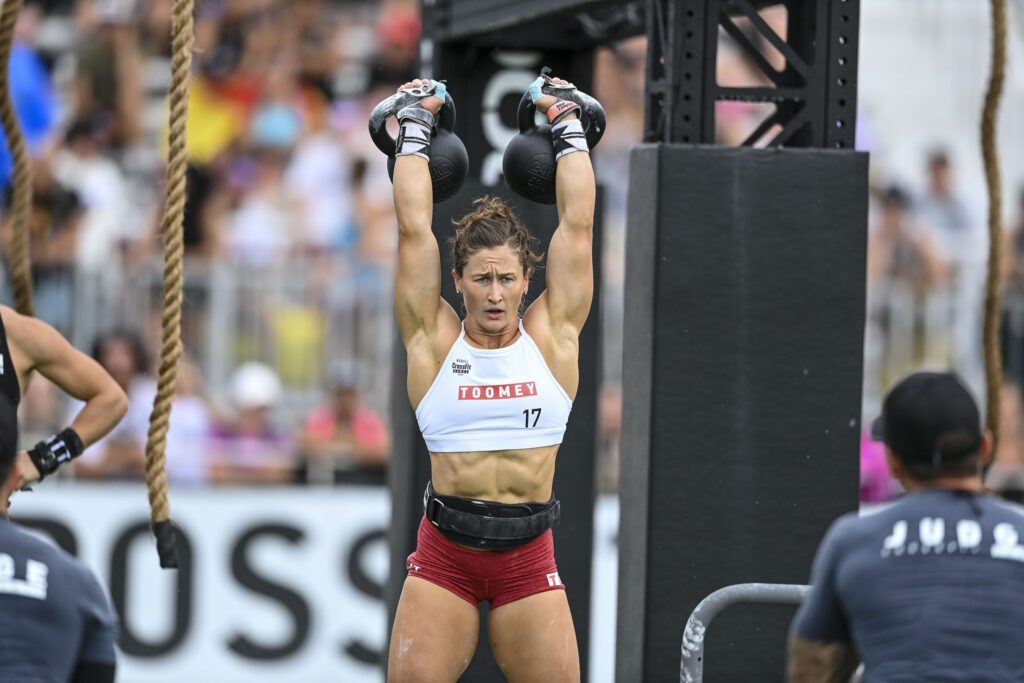
Alright, this one really opens a can of worms because often this type of training includes both the aforementioned. In this philosophy, many athletes will have have many shoes they swap in and swap out depending on the workout. They’ll have weightlifting shoes, running shoes and cross training shoes. There are some experienced athletes that adopt one single shoe, as there is no time for shoe changes mid workout. In this case, they maintain one shoe that allows them to perform all movements, and they adapt to what that shoe offers. For argument sake, we are going to call this a cross-training” or “Crossfit:” shoe. Well, what is it and what does it need to have? It has to provide enough heel stability to lift heavy while having a pliable enough sole to run and jump. It also has to have the proper inclination where the athlete doesn’t feel too far forward in their pulling movements while giving enough inclination to the heel so the athlete can maintain upright torso while squatting. Of course, there is no magic shoe, the athlete needs to train properly and mobilize their joints to move efficiently as well.
-Common CrossFit sneakers – Nike Metcon, No Bull trainers, Reebok Nano, TYR CXT
Hope this helps you guys the next time you are shopping for a fresh pair of kicks!
Written By Kyle Tiringer – Coach & Owner of Port CrossFit
